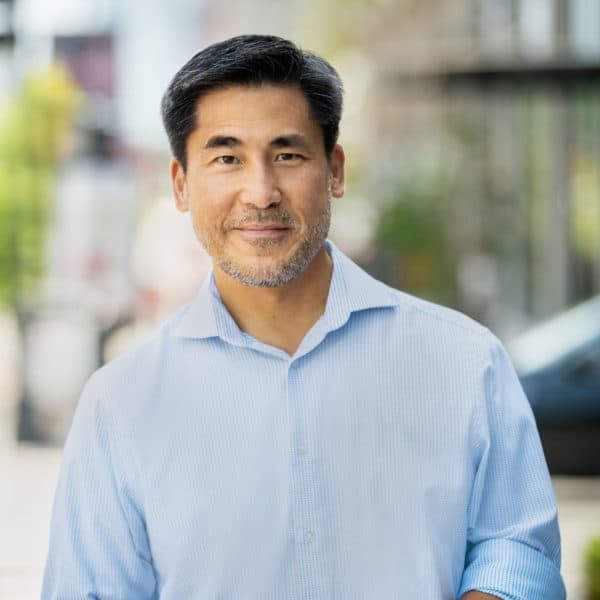Advertisement
How California's home insurance market is responding to the wildfires

Thousands of buildings and homes in Southern California have burned to the ground.
The damage — which could exceed $250 billion — is raising a host of insurance questions: Do homeowners have the coverage they need? Do insurance companies have the money to pay for claims? And does it make sense to rebuild in risky places?
Even before these fires, it was hard for homeowners in Southern California to get insurance. Many big insurance companies dropped people from policies, others pulled out of the state.
“ Insurance is the climate crisis canary in the coal mine,” says Dave Jones, former insurance commissioner in California and director of the Climate Risk Initiative at the University of California Berkeley, “and the canary is just about dead.”
3 questions with Dave Jones
What does it tell you when insurance companies do not want to do business in risky places?
“ What's happening is we're seeing more extreme and severe weather-related catastrophes — wildfire, flood, hurricane, tornadoes, extreme heat, drought, severe convective storms — that are driven by global temperature increases, which in turn is driven by our failure to transition out of fossil fuels and other greenhouse gas emitting industries.
“And that's only going to get worse. So it's going to kill more people, injure more people, destroy more homes and businesses in this country and throughout the globe, and cause insurance companies to pay out more and more. The way insurance companies respond to that, they raise prices and they stop writing insurance. So we are steadily marching towards an uninsurable future in this country.”
Do their insurance companies and the state's insurance plan of last resort have the money to pay for these claims? Or could insurance companies say they don’t have the money?
“Thanks to California's strong insurance regulations, the private insurers that have insured the majority of the folks impacted here are required to have sufficient reserves and will be able to pay claims. And these companies will remain solvent, unlike the 10 or so insurance companies that went bankrupt in Florida after Hurricane Ian or one of the other hurricanes.
“The FAIR Plan, which is the insurer of last resort to which people have gone if they couldn't get private insurance, also will be able to pay claims. But there the story is a little more complicated. The FAIR Plan has reportedly about $377 million in reserves, $2.5 billion in reinsurance. And then under a new order that was issued last year, if it exceeds its ability to cover claims with that amount, it'll first turn to the private insurers for $1 billion, half of which they can then send down to their policyholders.
“And then beyond that, it can assess all policyholders having an insurance policy in the state of California. That's a big change. Most other states, it's the insurers that have to cover it. But this, if this gets triggered, this would be the first time that all policyholders in California will be on the hook. But the bottom line is the FAIR Plan will have enough money to pay claims.”
Advertisement
Is it a good idea to rebuild in the same places?
“People do have the right to rebuild in exactly the same places. The question is, how are they going to rebuild? There's a new building code in California that's supposed to go into effect next year, for example, that requires electrification.
“I think we should take advantage of this terrible, terrible tragedy — and not to minimize in any way how horrific it is — to build back better. And that means using materials that are more impervious to wildfire, making sure that we have at least five feet around the home that's clear of vegetation, defensible space, 100 feet around the home, and also building back better from a climate standpoint by making sure that the houses are 100% electric and meet other standards necessary to make them more energy efficient. But that's going to be the big question because there's going to be a lot of political pressure just to build back as we have had these homes built previously under prior building codes. And there's going to be a lot of debate about that issue.”
Kalyani Saxena produced and edited this interview for broadcast with Michael Scotto. Allison Hagan adapted it for the web.
This segment aired on January 16, 2025.

